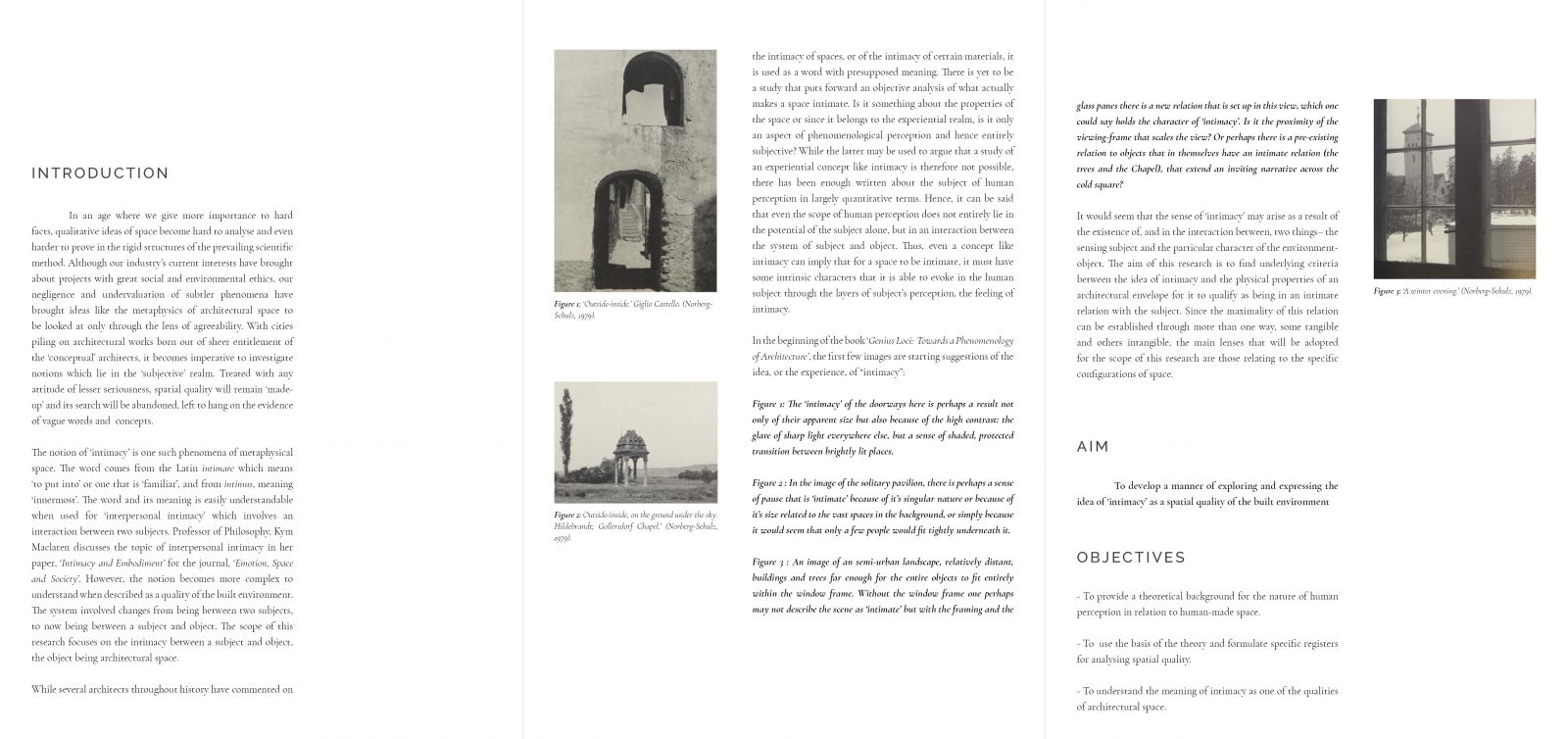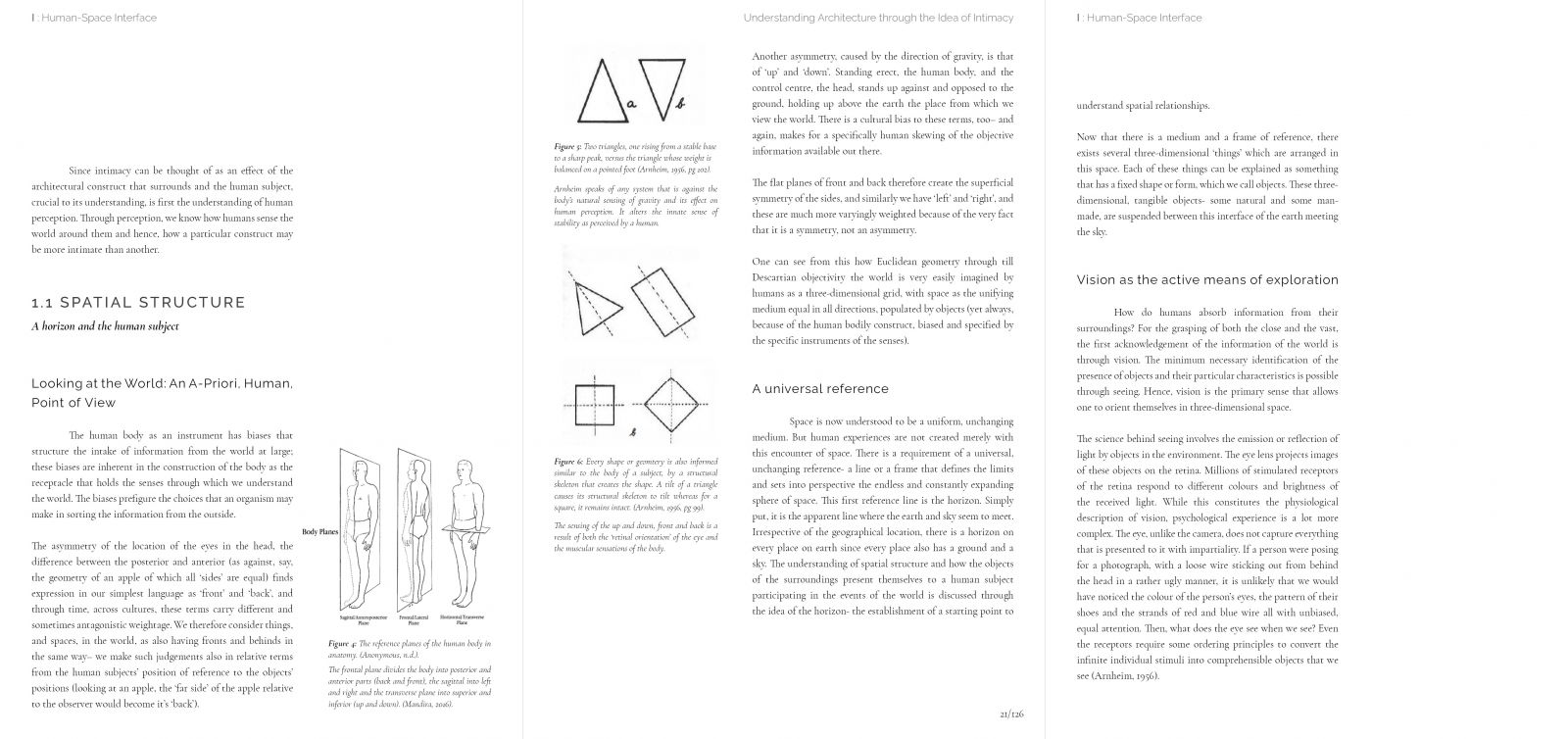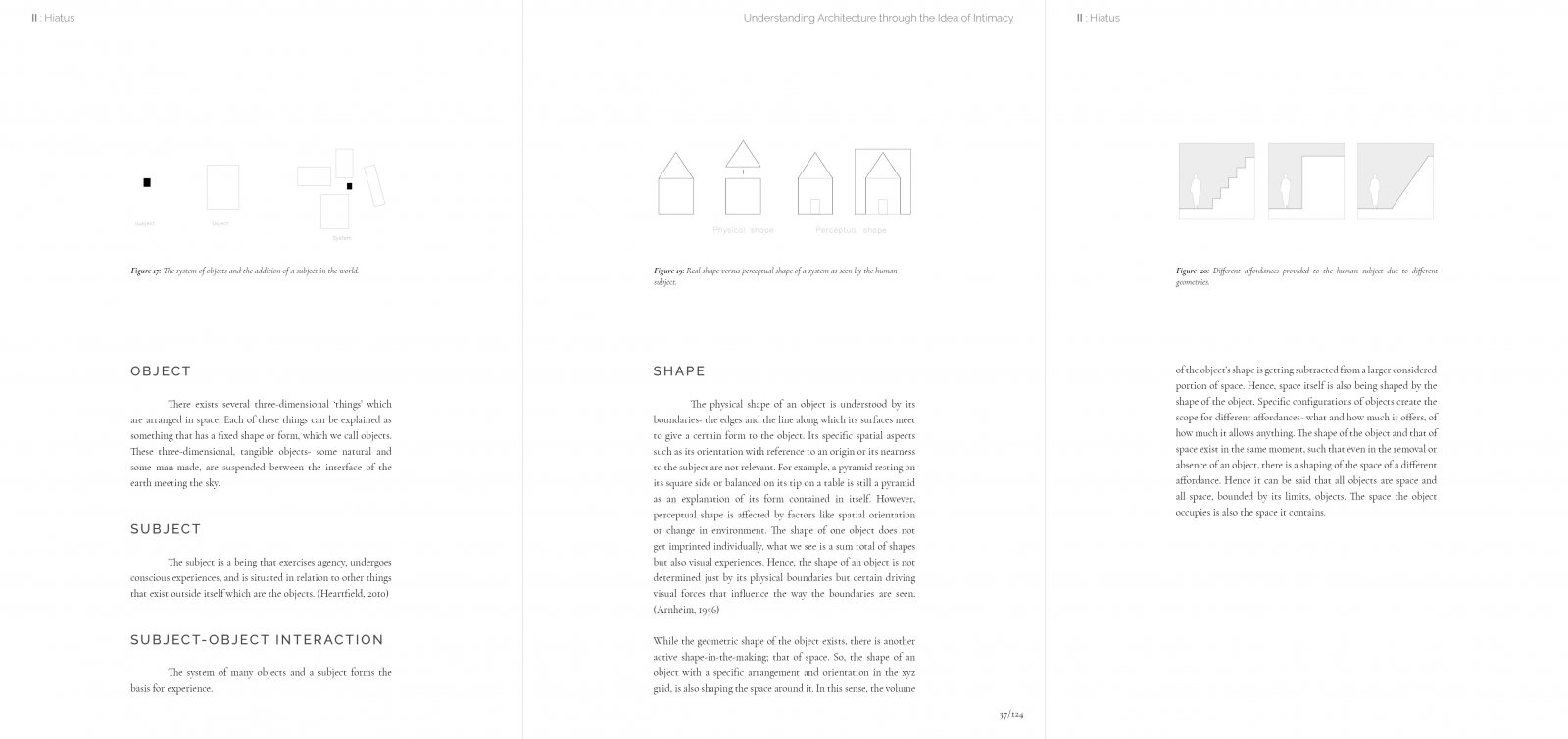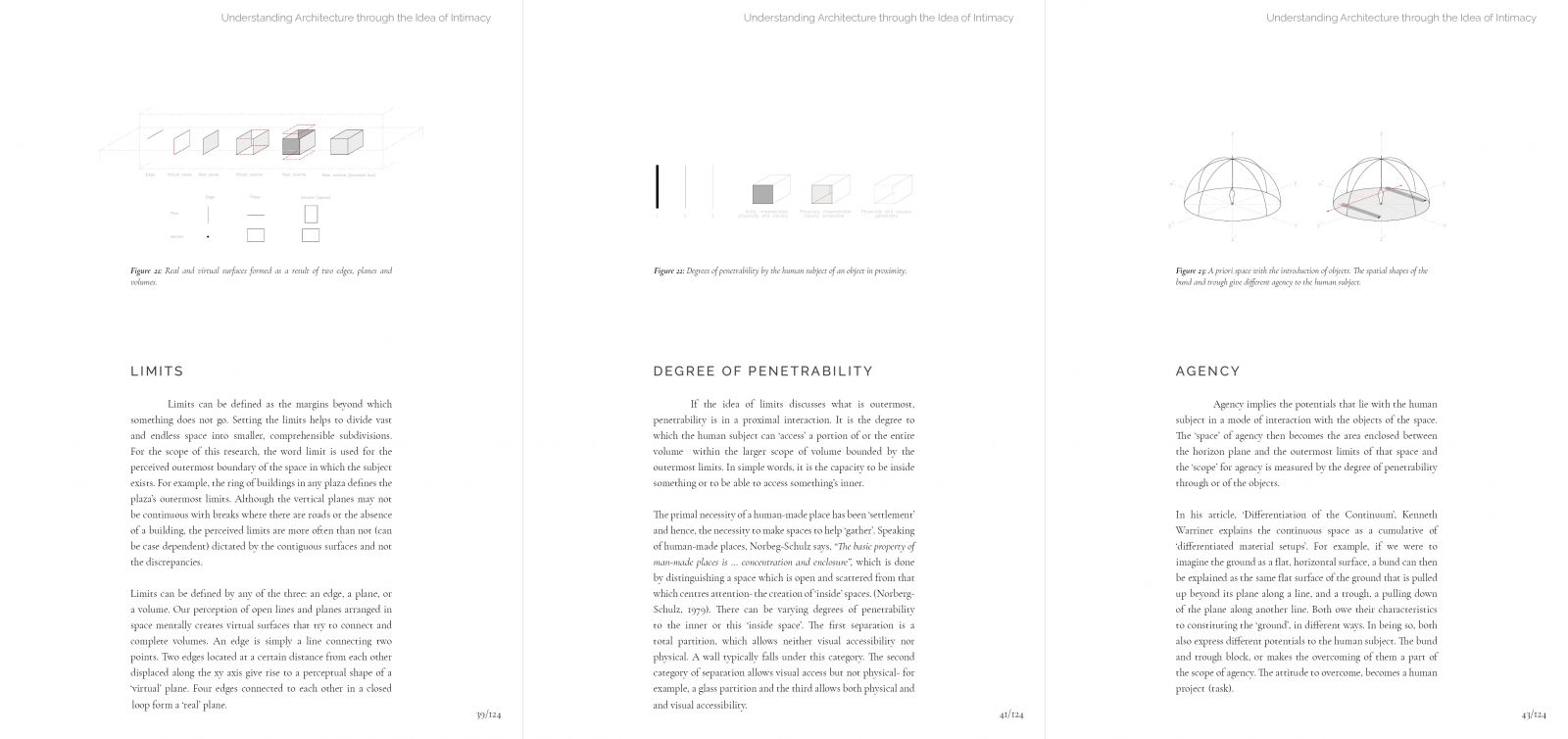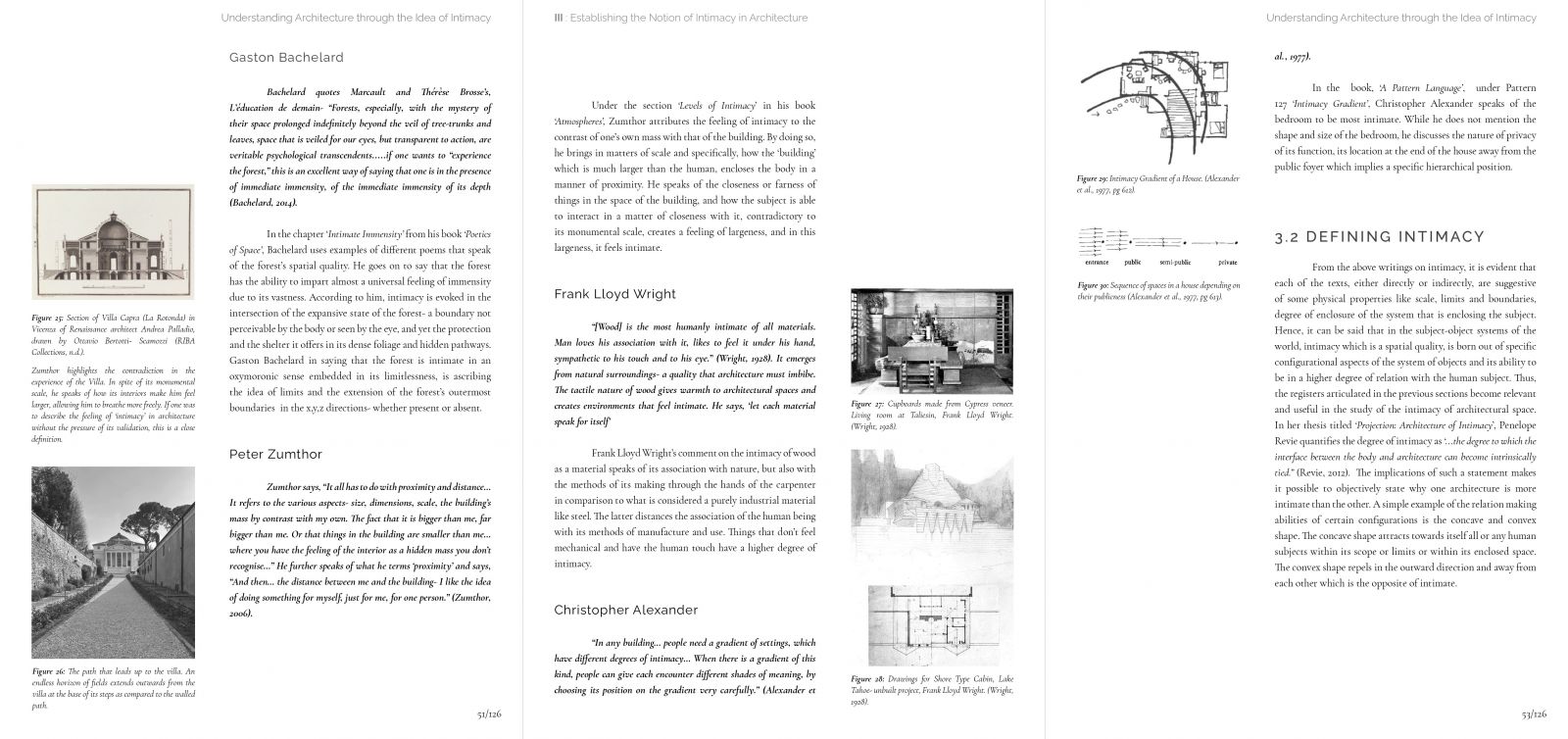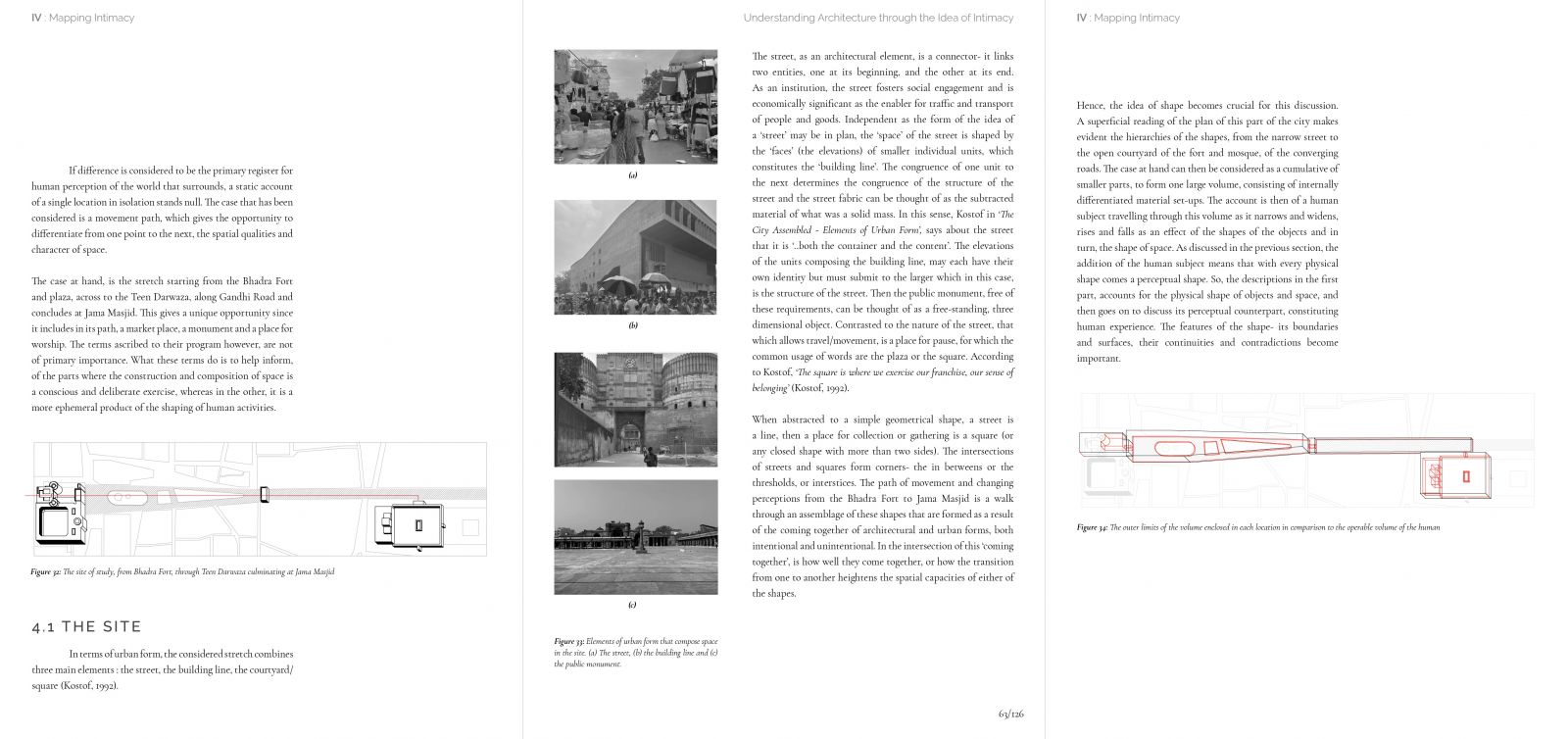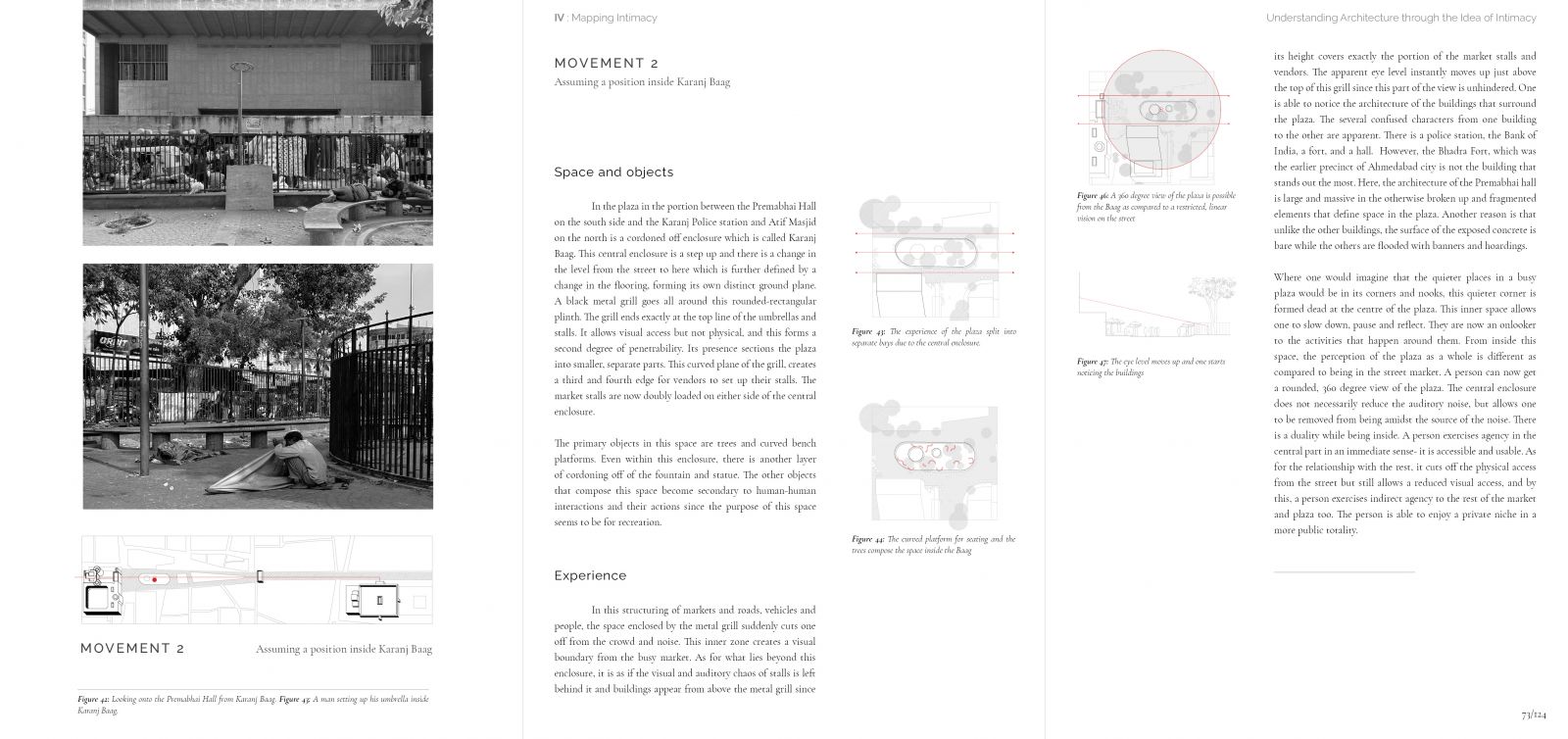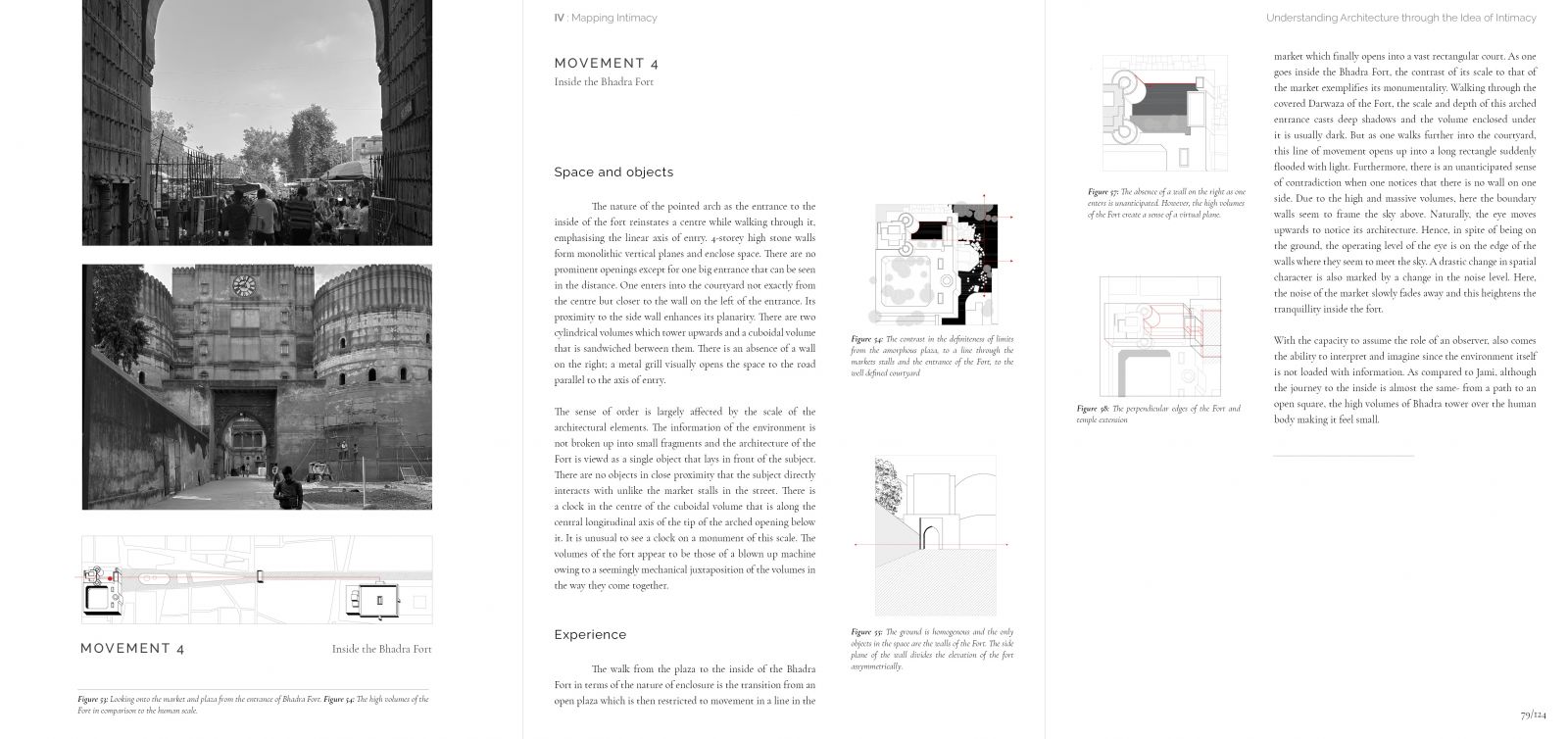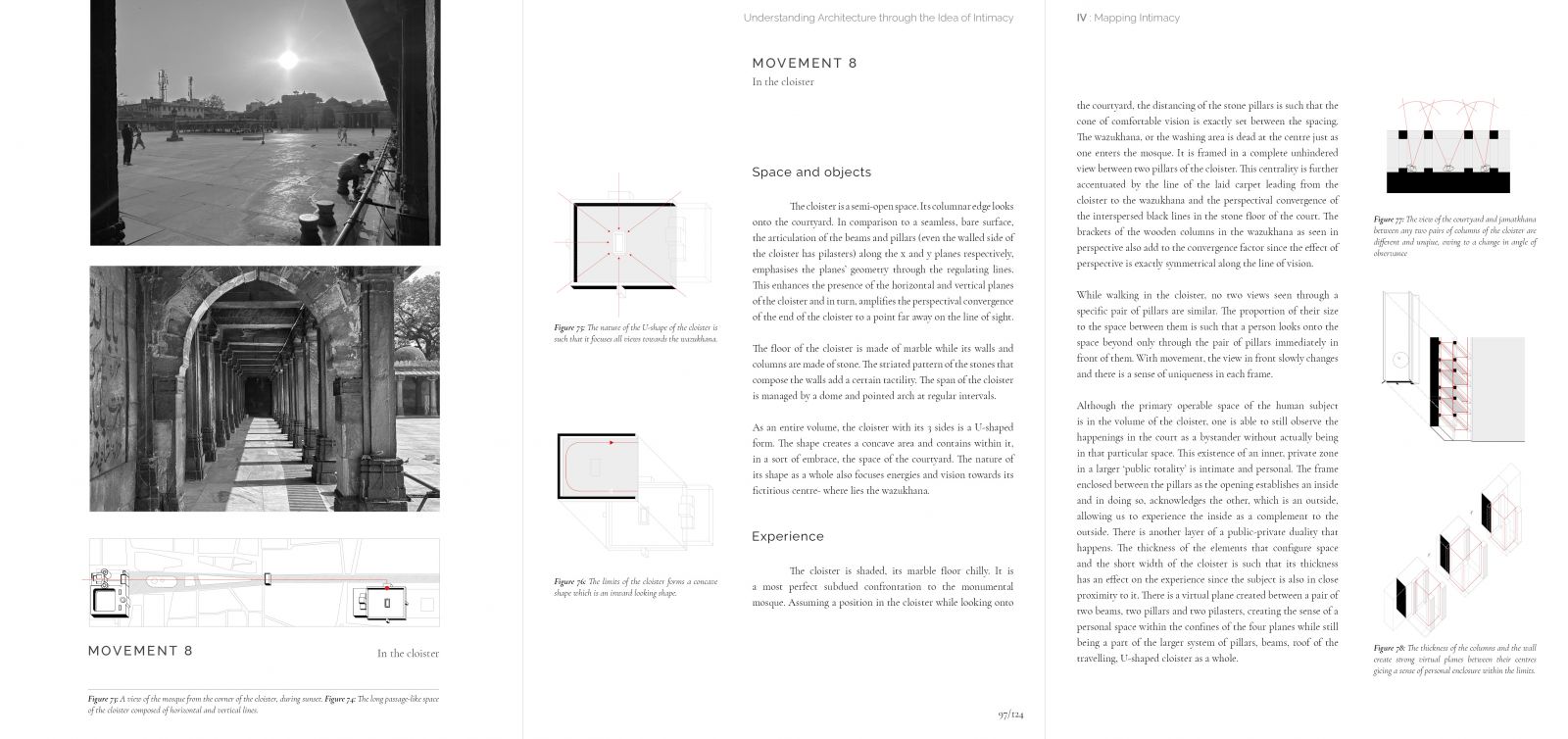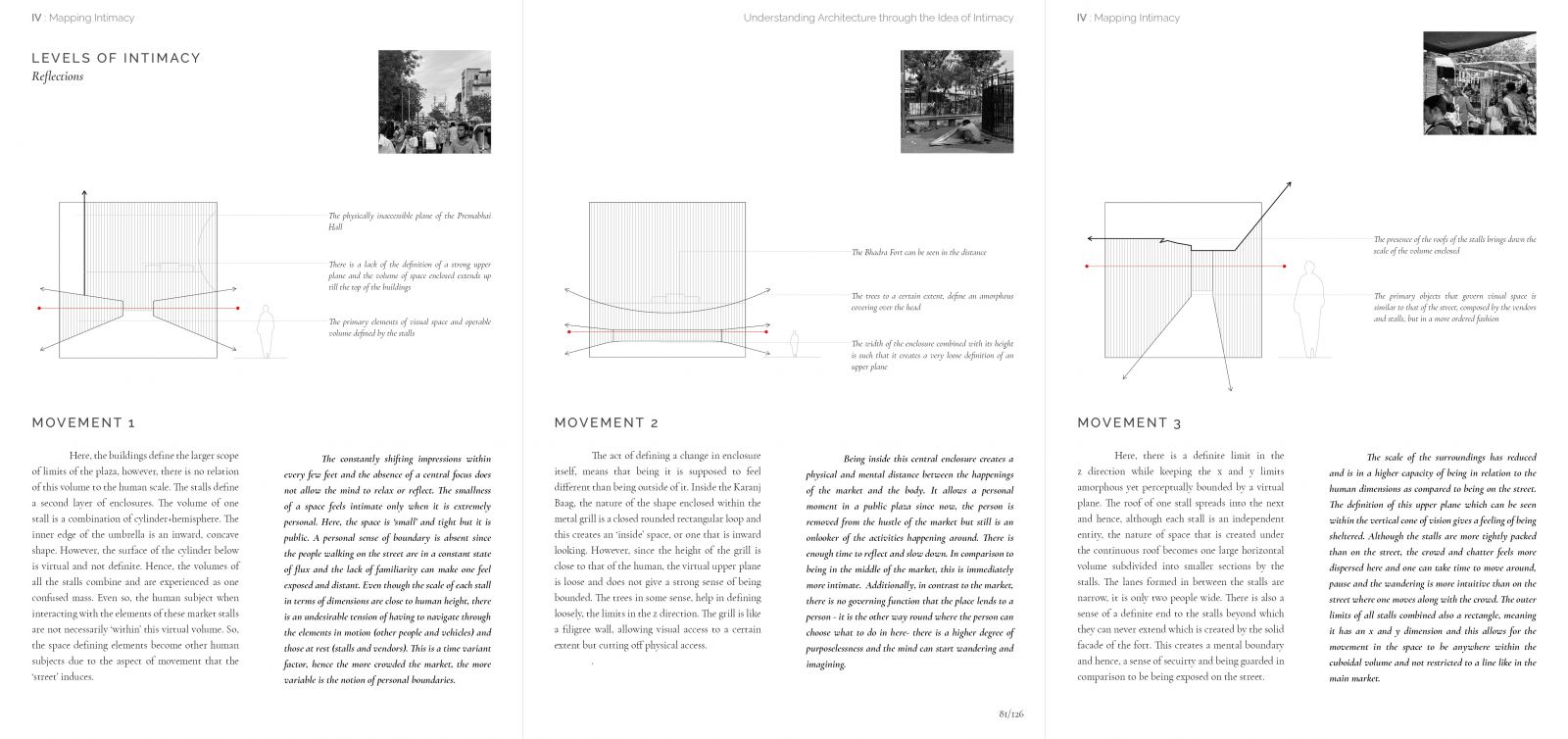Your browser is out-of-date!
For a richer surfing experience on our website, please update your browser. Update my browser now!
For a richer surfing experience on our website, please update your browser. Update my browser now!
In an age where we give more importance to hard facts, qualitative ideas of space become hard to analyse and even harder to prove in the rigid structures of the prevailing scientific method. Although our industry’s current interests have brought about projects with great social and environmental ethics, our negligence and undervaluation of subtler phenomena have brought ideas like the metaphysics of architectural space to be looked at only through the lens of agreeability. With cities piling on architectural works born out of sheer entitlement of the ‘conceptual’ architects, it becomes imperative to investigate notions which lie in the ‘subjective’ realm. Treated with an attitude of lesser seriousness, spatial quality will remain ‘made-up’ and its search will be abandoned, left to hang on the evidence of vague words and concepts. The aim of this research is to find underlying criteria between the idea of intimacy and the physical properties of an architectural envelope for it to qualify as being in an intimate relation with the subject. Since the maximality of this relation can be established through more than one way, some tangible and others intangible, the main lenses that will be adopted for the scope of this research are those relating to the specific configurations of space.
